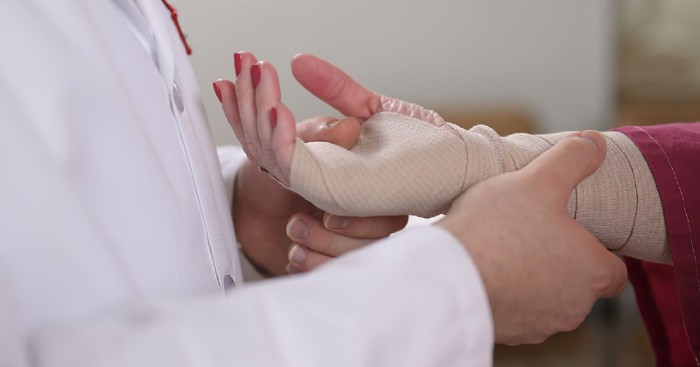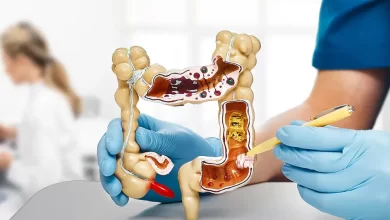
Functions and Features Of Compression Garments For Lymphedema
Flat knit medical compression garments are a disease-modifying treatment for arm and leg lipoedema and lymphedema. Its goal is to prevent additional “tissue congestion,” such as after lymphatic drainage.
Compression garments are used to slow or even stop the progression of lipoedema
Compression clothing
Tight elastic sleeves or stockings can help lymph fluid drain by compressing the arm or leg. These garments frequently necessitate a prescription to ensure that the appropriate level of compression is employed. To achieve a correct fit, you may need to be measured by a specialist.
Compression garments are used to treat edoema
Lymphedema, often known as “dropsy,” is swelling caused by fluid leakage from the circulatory system into the tissues. Lymphedema is frequently connected with another condition; for example, it might develop following a cancer operation and can also develop as a result of heart failure, kidney failure, or liver cirrhosis. Lymphedema can be exacerbated by medications such as cortisone or antidepressants. The doctor prescribes compression garments for lymphedema, with the goal of adapting them for use in orthopaedics later on. Because edoema therapy is so personal, the garments are usually tailored to order. Medi compression garments for edoema therapy are distinguished by their comfort and durability: only the best breathable fabrics are used. There is a mediven 550 leg with a pressure relief zone in this location for individuals with edoema who also have a bunion on the big toe, known as hallux valgus. The patient can select from a variety of contemporary colours. The product is completed with modern embellishments and elegant characteristics such as the pleasant toe and heel.
Why should you wear compression when working out?
Compression garments, often known as bandages, improve muscle pump efficiency by shifting fluid from the extremities, trunk, or face. Without compression, increased circulation and lymphatic fluid production will accumulate in lymphedematous or inflammatory areas.
Treatment for lymphedema
There is no cure for lymphedema once it has begun. There are no drugs that can be used to treat lymphedema. Instead, complicated decongestant therapy is the most commonly used treatment (CDT). It is a set of strategies performed in tandem to alleviate symptoms.
CDD treatment may include one or more of the following:
Lymphatic drainage is done manually. It is a sort of massage in which light pressure is used to encourage lymph drainage from locations where it has accumulated. A physical therapist or a skilled nurse performs the procedure. The approach is simple to learn and apply at home.
Pneumatic compression that is intermittent
This method employs a gadget that exerts intermittent pressure to the arms or legs. Covers are used to protect the arms and legs. The operation of a pump fills the sleeves with air. The air is then let out. This is repeated several times.
Bandages for compression
Padded elastic bandages are used over lymphedema-affected areas of the body. They might be bandages, ribbons, or compression wraps of various forms. These products aid in the support of tissues, allowing lymph to circulate more freely. They also keep lymph from accumulating.
Exercising for health
Certain sorts of exercise can help to alleviate discomfort. Aerobic exercises, such as brisk walking, can be included. They can also involve muscle-strengthening exercises like range-of-motion exercises or weight lifting. The exercises are tailored to the specific form of lymphedema.
Compression clothing
They are used as needed and usually for the rest of one’s life. These things could include sleeves, gloves, elastic stockings, T-shirts, or other sorts of specialised attire. They compress different regions of the body to help avoid lymph buildup. These products should be worn during the day and at night while sleeping. They are meticulously tailored to each individual.



